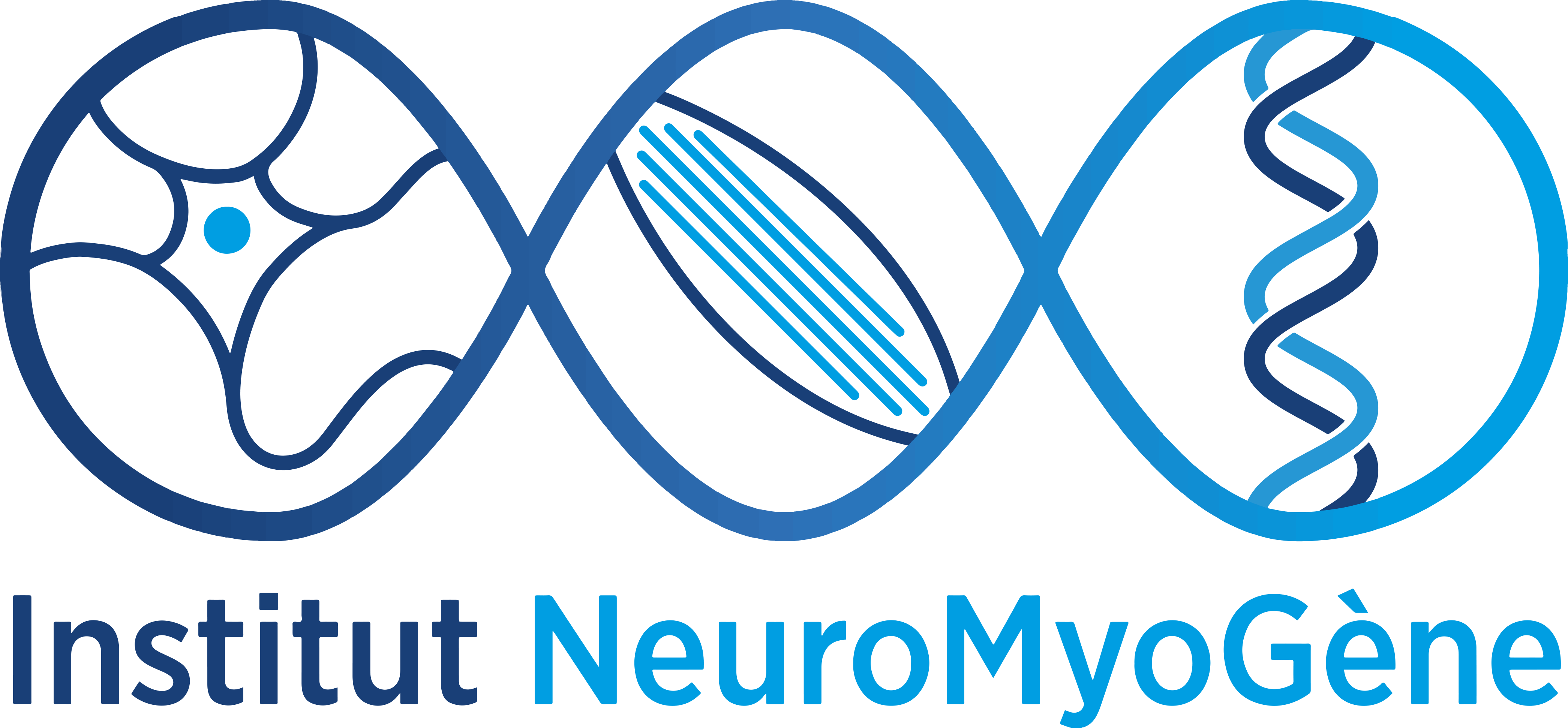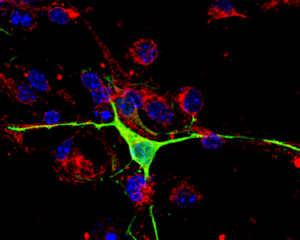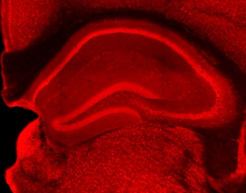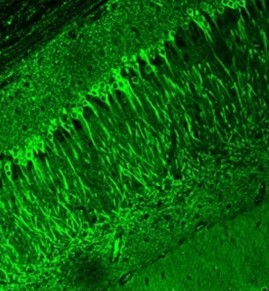AUTOPHAGY IN PATHOPHYSIOLOGY

TEAM
- Flavie STRAPPAZZON
CRCN CNRS, HDR
- Lauréline BOUTONNET
Etudiante PHD - Krénare BRUQI
Etudiante PHD - Marion CARPENTIER
Etudiante PHD
- Jade RAVENT
Technicienne
PROJECTS
The main focus of the team is to understand the importance of autophagy and the selective autophagy of mitochondria (the so called mitophagy) processes in physiological conditions such as aging, neurodevelopment. Also, we aim to better understand how these processes are deregulated in pathologies such as neurodegenerative diseases, muscular disease and to develop tools to manipulate them. We believe that our goals are of the utmost importance in the biology of neurogenerative diseases, but also in the context of muscular diseases since autophagy is deregulated in many of these disorders. To this end, we are combining techniques such as biochemistry (western-blotting, immunoprecipitation, kinase assay etc…), confocal microscopy analysis, in vivo manipulation of autophagy in brain of mice (injection of AAV encoding autophagic proteins or fluorescent reporters of mitophagy; nanoparticle manipulation etc.).
The current projects of the team are to:
- better characterize the beneficial role of a variant of the autophagic receptor NDP52 in the context of Alzheimer’s disease
- investigate the importance of mitophagy in the context of neurodevelopment
- better understand the autophagy/mitophagy regulation in striated skeletal muscle and in the context of Myotonic Dystrophy type 1
JOB OFFERS
If you are interested to join our team, feel free to contact Flavie Strappazzon (flavie.strappazzon@cnrs.fr) .
FUNDINGS
- Fondation Alzheimer
- Ligue contre le cancer
- ANR-Arqus
- AFM-Téléthon


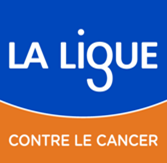


Sélection de publications
Di Rita A, Maiorino T, Bruqi K, Volpicelli F, Bellenchi GC, Strappazzon F. miR-218 Inhibits Mitochondrial Clearance by Targeting PRKN E3 Ubiquitin Ligase. Int J Mol Sci. 2020 Jan 5;21(1):355
Di Rita A, Angelini DF, Maiorino T, Caputo V, Cascella R, Kumar M, Tiberti M, Lambrughi M, Wesch N, Löhr F, Dötsch V, Carinci M, D’Acunzo P, Chiurchiù V, Papaleo E, Rogov VV, Giardina E, Battistini L, Strappazzon F. Characterization of a natural variant of human NDP52 and its functional consequences on mitophagy. Cell Death Differ. 2021 Aug;28(8):2499-2516.
Di Rita, A., & Strappazzon, F. A protective variant of the autophagy receptor CALCOCO2/NDP52 in Multiple Sclerosis (MS). Autophagy. 2021 17(6), 1565–1567
Naso FD, Bruqi K, Manzini V, Chiurchiù V, D’Onofrio M, Arisi I, Strappazzon F. miR-218-5p and doxorubicin combination enhances anticancer activity in breast cancer cells through Parkin-dependent mitophagy inhibition. Cell Death Discov. 2024 Mar 21;10(1):149.
Naso F, Strappazzon F. Combining doxorubicin and miR-218-5p: a new strategy to fight breast cancer? Autophagy Reports 2024 10.1080/27694127.2024.2342129
Mattioni A, Carsetti C, Bruqi K, Caputo V, Cianfanelli V, Bacalini MG, Casa, Gabelli C, Giardina E, Cestra GL, Strappazzon F. A variant of the autophagic receptor NDP52 counteracts phospho-TAU accumulation and emerges as a protective factor for Alzheimer Disease. Preprint medRxiv 2024. 08.13.24311780).

